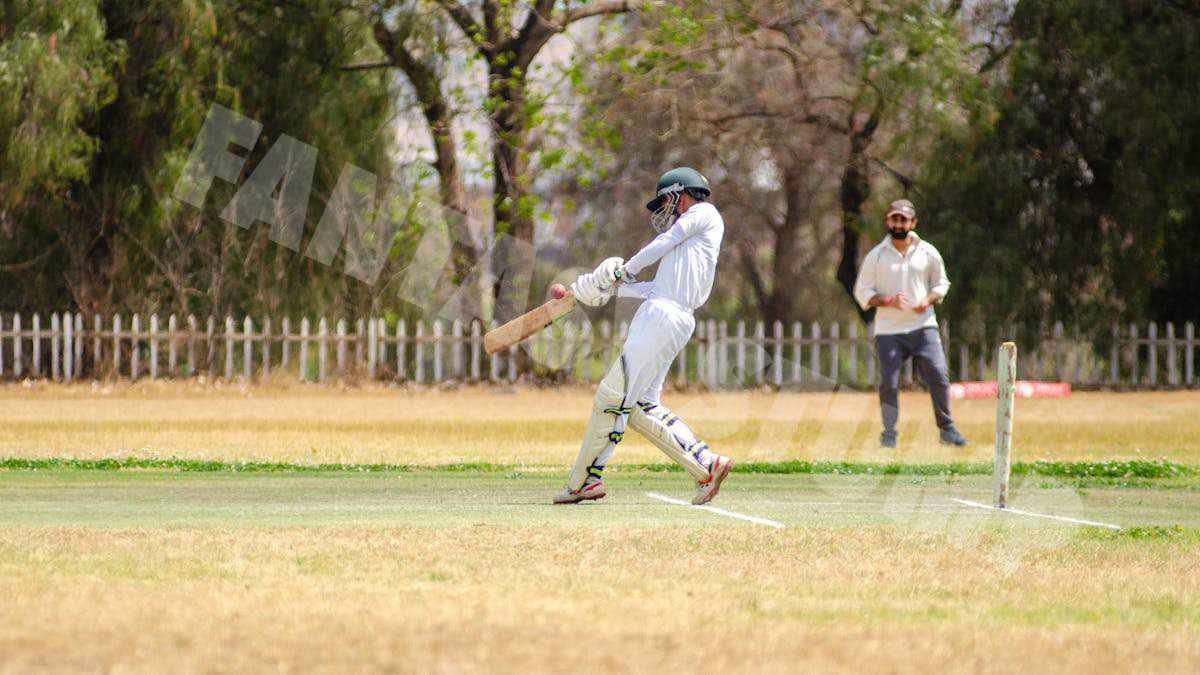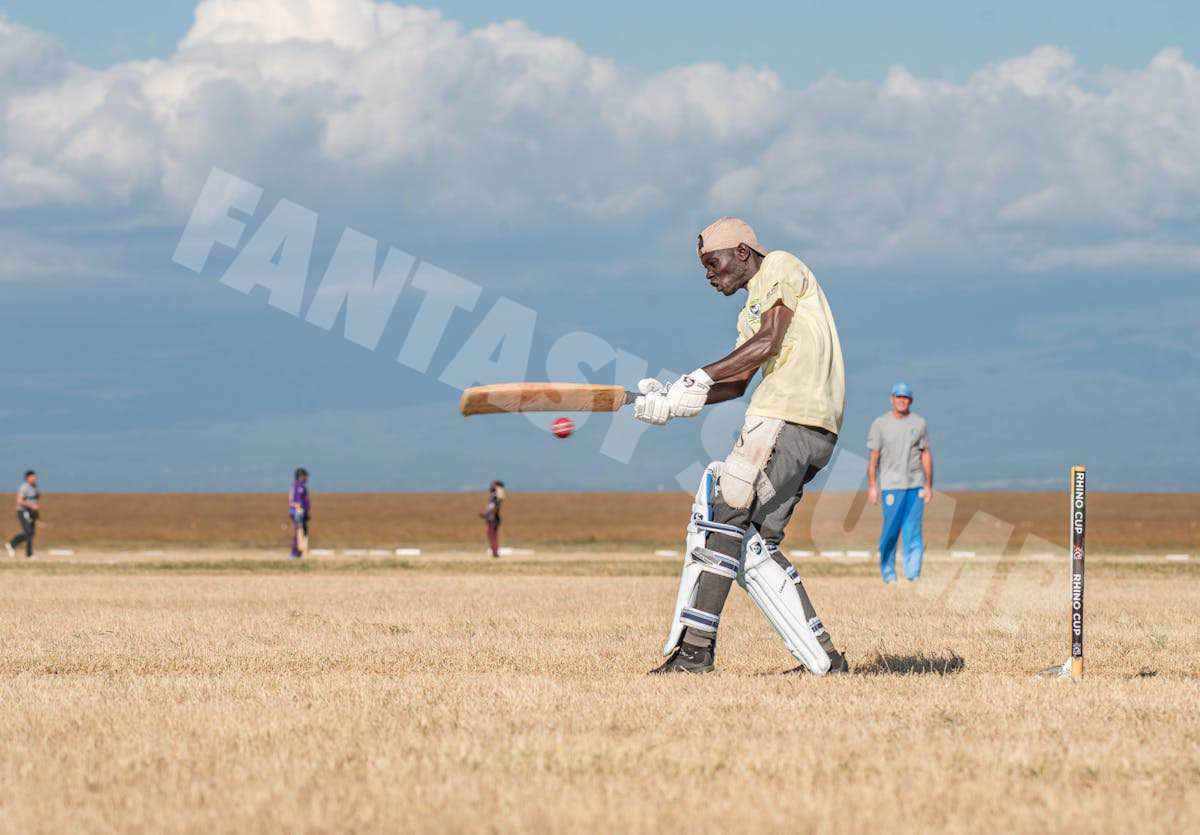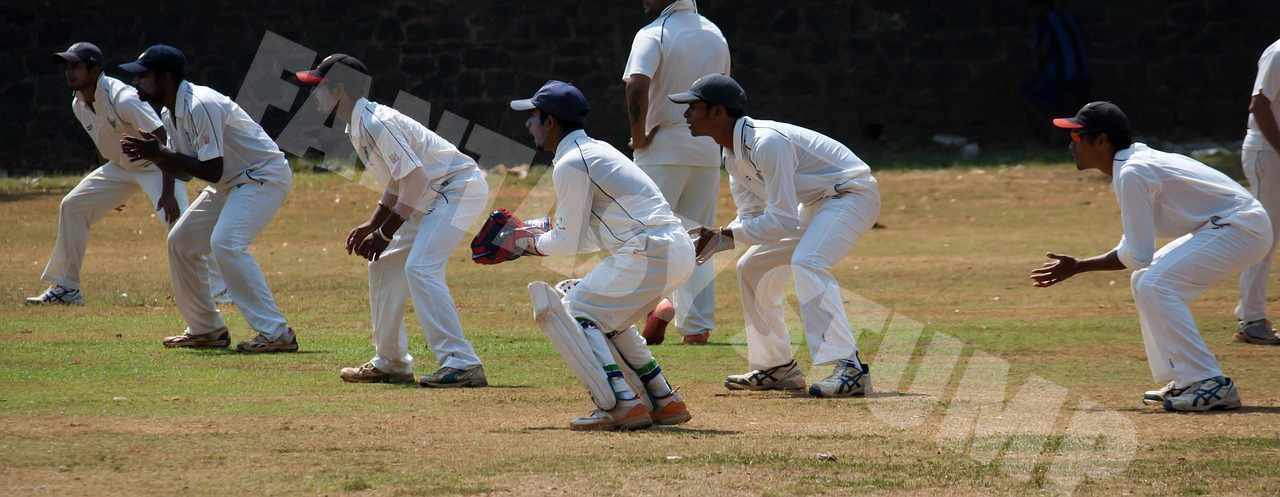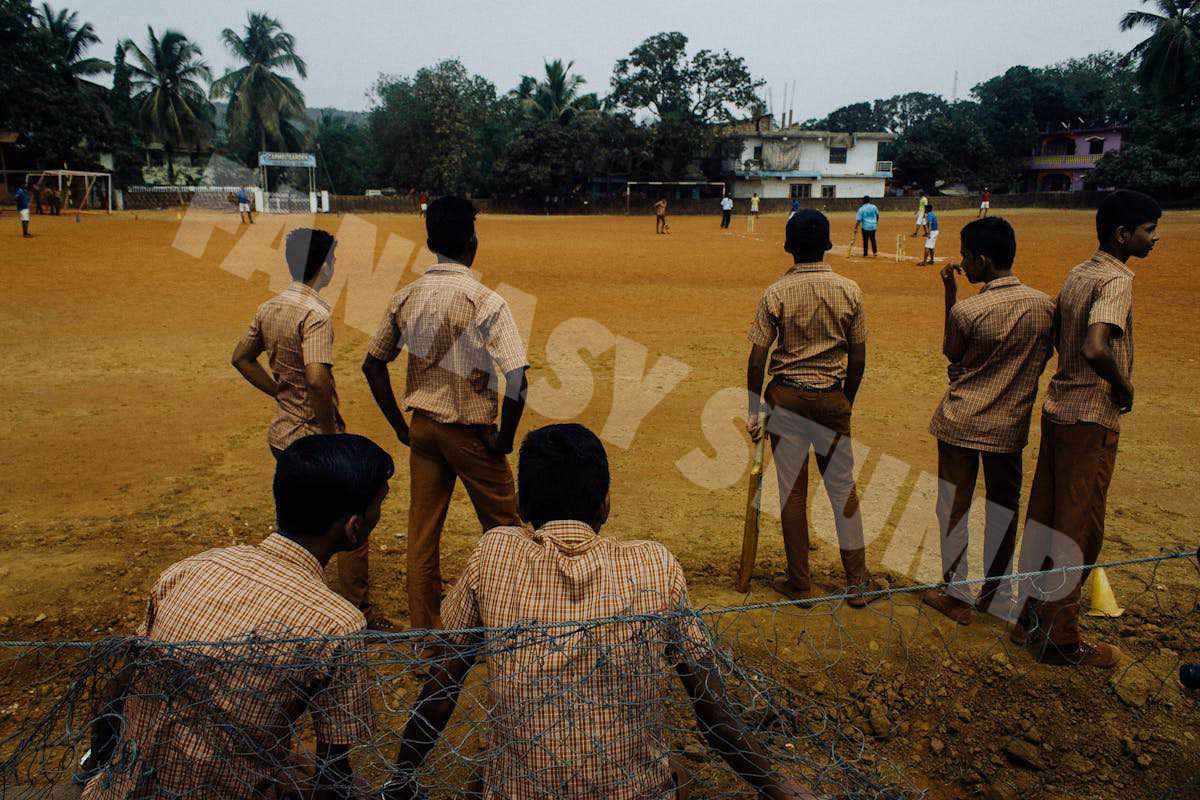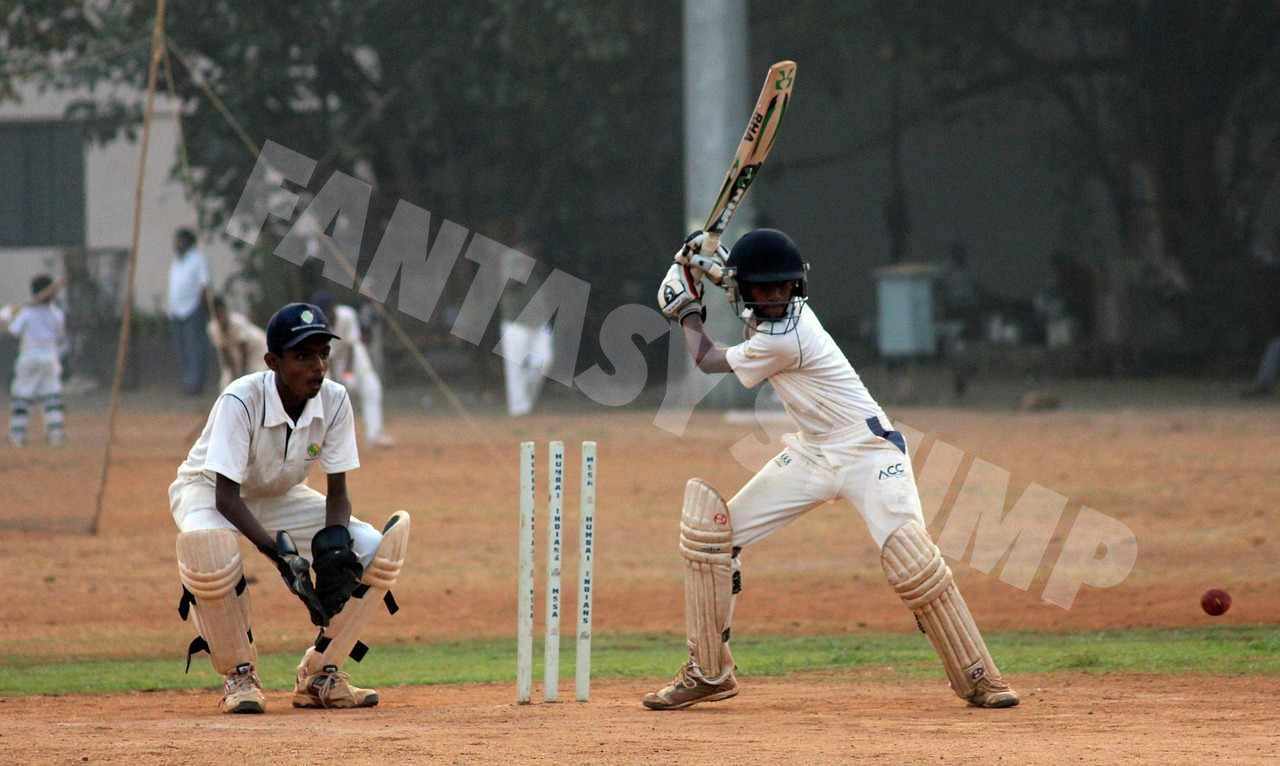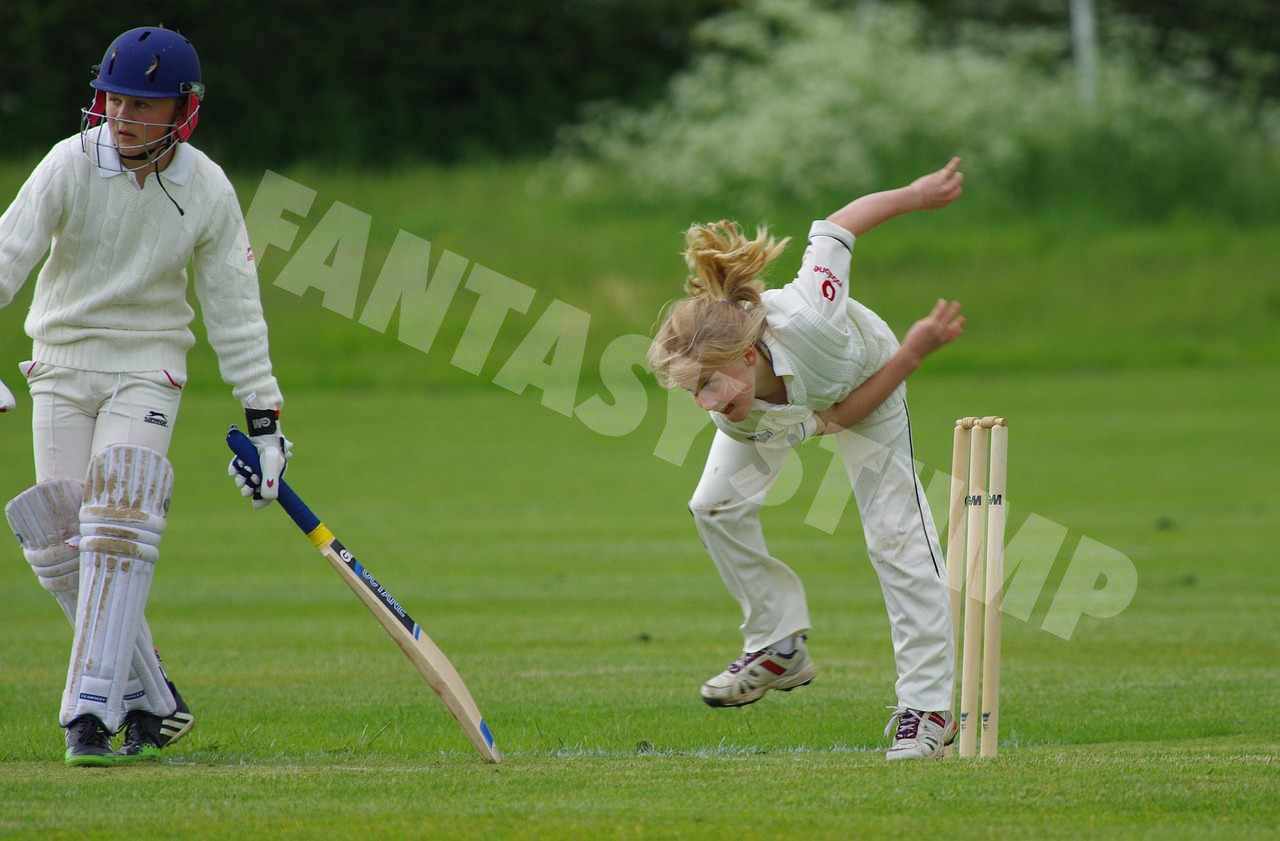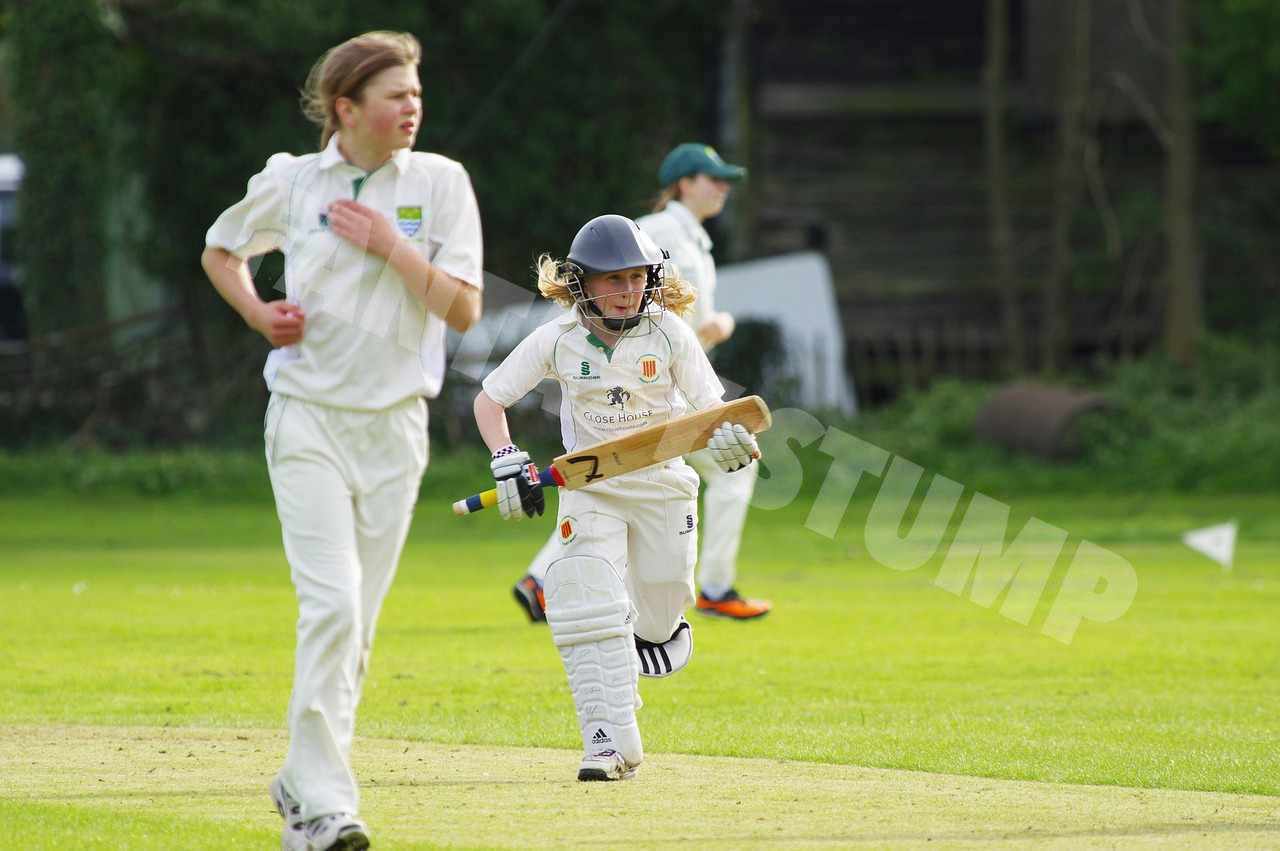Batting in cricket is often regarded as one of the most mentally taxing aspects of the game. It’s a test of patience, focus, and adaptability, where every ball bowled is a puzzle to be solved. The crux of batting lies not only in how well a batsman can time the ball but in how well they can manage the mental challenges that accompany each delivery.
The foundation of great batting begins with technique. A batsman’s stance, grip, and footwork are the building blocks of their success. These technical elements must be refined over years of practice, as each batsman develops a style that suits their body, mindset, and approach to the game. A balanced stance ensures that the batsman is ready for both defensive strokes and aggressive shots, while quick, agile footwork is essential for getting into position and playing deliveries across the entire pitch.
However, batting is not just about technique—mental toughness is equally crucial. Every batsman must develop a strong psychological foundation to endure the pressure of facing the best bowlers. The ability to remain calm under pressure, to trust one’s skills, and to stick to a game plan amidst the chaos of a fast-paced match is what separates the good from the great. Often, it's the mental composure that makes the difference in crucial moments when the game is on the line.
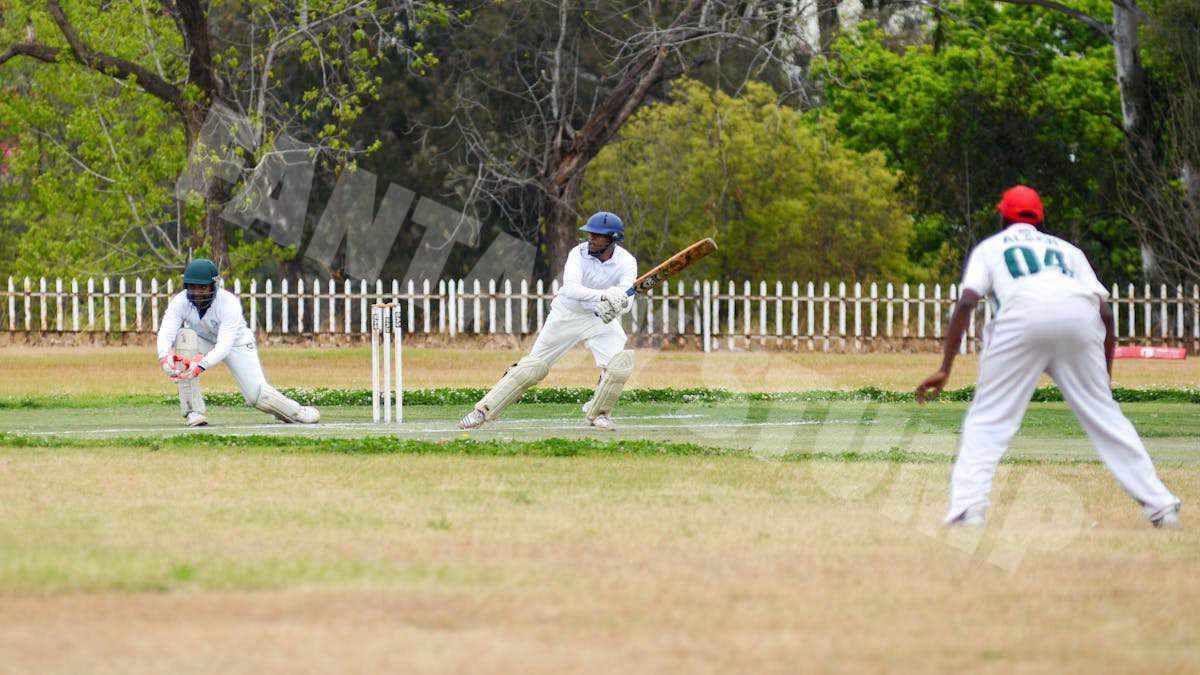
A successful batsman also needs an acute understanding of the match situation. Whether playing in the serene environment of a Test match or in the electrifying pace of a T20, a batsman’s approach must align with the format’s tempo. In Test cricket, patience is paramount—crafting long innings and waiting for the right opportunities. On the other hand, in limited-overs formats, batsmen must strike a delicate balance between aggression and risk management, as every ball offers a new challenge.
Moreover, batting involves intricate tactical decisions. A batsman must assess the bowler’s strengths and weaknesses, adjust to the changing pitch conditions, and adapt to the strategy employed by the opposition captain. A successful batsman reads the bowler’s rhythm, interpreting the cues from their run-up, body language, and delivery trajectory. This understanding of the game creates a battle of wits between the batsman and bowler, where every shot can be a calculated risk that shifts the game’s momentum.
In the art of batting, timing is everything. It’s about connecting the bat to the ball at the precise moment, harnessing the full potential of the ball's energy and guiding it to its intended destination. Timing is not just about power—it’s about placement and precision, understanding the nuances of the pitch, and reading the bowlers’ deliveries. The sheer elegance of a perfectly timed cover drive or the controlled aggression of a pulled shot can leave spectators in awe.
Ultimately, batting is an evolving journey. No two innings are alike. It’s an ongoing process of learning, adapting, and improving. Whether it's overcoming personal demons or adjusting to new cricketing challenges, the mental and physical growth of a batsman never stops. The thrill of cricket lies in the constant evolution of its players, and for every batsman, the pursuit of mastery is a lifelong endeavor.
In the grand tapestry of cricket, batting is a vital thread that ties together the sport's rich tradition and its contemporary dynamism. It’s a journey of exploration, perseverance, and triumph—where every match presents a new canvas, and every innings is an opportunity to paint the perfect picture.


